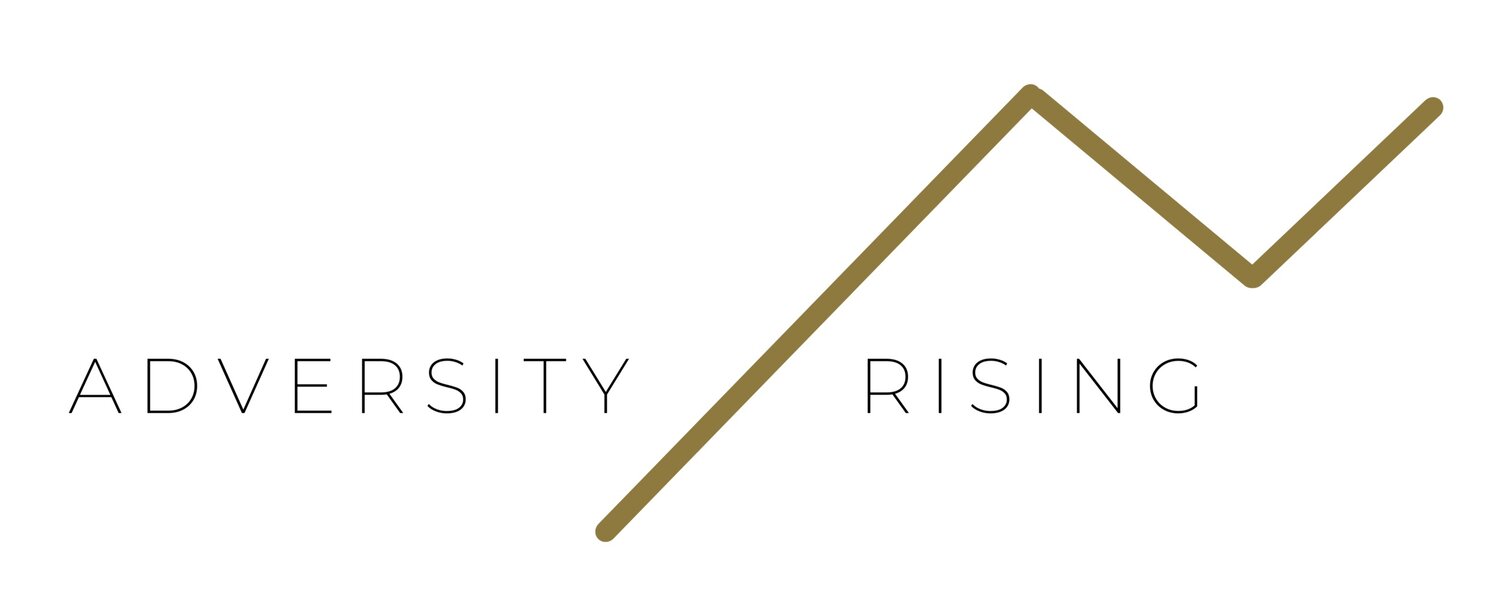12 Most Common Cognitive Distortions: What are they & How to address them
12 Most Common Cognitive Distortions: What are they & How to address them
NOTE: IMAGES ARE SELECTION FROM FULL 13-PAGE HANDOUT.
Cognitive distortions are heavily exaggerated or over-applied thought filters that we wear like a pair of glasses. We become dependent on them to see and make sense of the world. These beliefs are not based on fact but on negative evaluations of the self and others and shame-based thinking. They often lead to significant psychological rigidity and distress.
Dismantling these belief systems requires the ability to identify the distortions we have, take a deeper dive into the narratives that exist underneath and move through a process of thought challenging and reframing.
This worksheet walks through the 12 most common distortions we experience, complete with their impact, examples of how they show up, and ways to begin to reflect on and challenge them.
When to use it:
When you or someone you know/are working with is stuck in very rigid, negative thinking that is impacting the way they feel about themselves and show up in the world. This worksheet may be used in therapy to help introduce these concepts and empower clients to work on how to challenge them outside of the therapy room. I find this is most helpful to go through these with clients in session and ask them to write an example thought they have/have had that fits into each distortion. We then pick 1-3 distortions to focus on in our work and connect them to the greater goals they have and the shame-dismantling process.
This downloadable is designed to be used personally or professionally — i.e. the purchase includes commercial use within an organization or entity (mental health center, school, etc). Downloading this product gives you the access to print as many copies as you would like and you may share within your organization or with clients you serve. For additional sharing needs, please contact me directly.
As a therapist, my goal is to make the concepts, tools and ideas shared and discussed in therapy more accessible for people in and outside of the therapy room so I want to do what I can to help get these tools into the hands of the people that need and want them.



